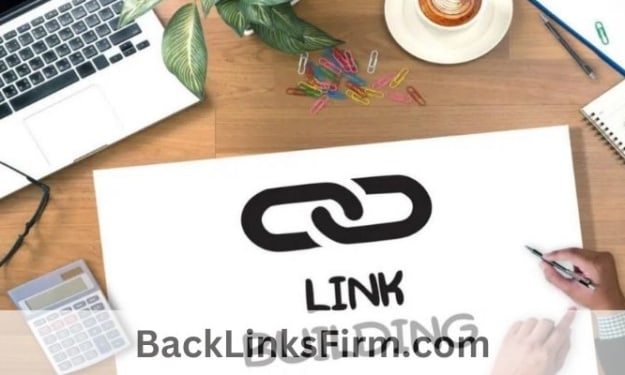
The work of a filmmaker is never easy. As a current Film student, I know the pressure of obtaining the perfect shot, staying on a tight schedule and, most importantly, guarding the footage with your life. Therefore, I thought I would share some of my favorite and more practical methods that many professional filmmakers use in order to properly and securely store their precious footage. Although this article is film specific, it could easily translate into many forms of media as well.
I will be adhering to a process known as the 3-2-1 method. Simply put, this method states that for any media storage the user should save the data in 3 separate copies–2 copies should be onsite aka online, and 1 copy should be external, or offline. Now, let us dissect this into bite sized pieces as well as explore several examples of film data storage.
The current solution I have for backing up my data is threefold. Firstly, I have a back-up system within my editing software that will link multiple software together. For example, I link my bins from Premier Pro to my files in Final Cut Pro X. Therefore, when I save a new bin or edits within a project I will have a file saved of the same material on separate software. This could be improved, though, because I have found it to be unreliable at times. My next backup solution is to use Dropbox. Recently, I went ahead and made the investment to pay to have 1TB worth of room on my Dropbox account. This has allowed me to easily download, upload, transport, and share my footage files with clients and even with myself when I edit in a separate location. The only flaw that I can find in Dropbox is the need for an Internet connection. Lastly, I do have one external hard drive that has 1B of room on it. I think subconsciously I have always followed the 3-2-1 Rule because having an external drive has always given me a sense of security. However, my external hard drive differs due to the fact that I only save the footage to it after I have made my Dailies. This saves a lot of important room on my expensive hard drive. I am only willing to back up the footage on my drive if I really think that it will be worth keeping it. I will undoubtedly still have several shots for each scene but without the additional bad takes. My captious attitude towards my external hard drive may be a bit over analytical as I may find it more valuable to back up all of the footage for a “just in case” precaution.
Subsequent to backing up my data, I do have an archive plan intact. However, I warn you that it is a bit economical. What I do is take all of my film within editing software, place each of my bins and add them all to a timeline, then, without cutting or messing with the original footage, I make a “movie” out of my clips that is then downloaded to a DVD. This will safely guard my files until I need to use them again. If I choose to download the film back into my computer, all I have to do is use a rip system to rip my DVD back into MP4 clips. I use the free rip website Handbrake to do my cheap biddings. I have found this to be a very effective way to store content over periods of time. However, when the clips reload it is a bit of a hassle to reorganize the content as I have not been able to find a way to create a zip file method to get the content together once it starts to download to the computer. My medieval methods could definitely be improved upon. I feel that the origination is a bit lacking and could cause problems with unorganized file systems.
The archiving solutions differ from the backup solutions mainly by the fact the backup solutions have a more viable reinstalling and re-establishing option. For example, to back up footage would keep it safe, but with the ultimate goal of getting any lost footage back quickly, whereas the goal of the archiving process is to place it in deep storage and only use it if it is totally necessary. The option of using saved data in an archive file is available, but the lengths to obtain said information may cost more in time and resources. Furthermore, backup options are usually done via some Internet based source while archive files tend to be external to the hard drive itself. True, this is not always the case, especially with the more recent availability of reasonably priced flash drives. However, archiving tends to always be external. Again, referring back to the 3-2-1 rule, most filmmakers see the need to keep deep storage away from the general populous of the internet due to the longevity of the hard drive's lifespan and slower download times for large cloud files.
Overall, the 3-2-1 process is designed to keep your data safe. The options vary widely, which creates a wonderful market for buyers based on their individual needs. Whether you are uploading a few clips or a whole blockbuster movie, backing up your data is a critical step for all filmmakers.
About the Creator
Janna Thompson
Hello :)
I live in sunny California while I am working on getting my Masters degree. I love cinematography, acting and writing.






Comments
There are no comments for this story
Be the first to respond and start the conversation.